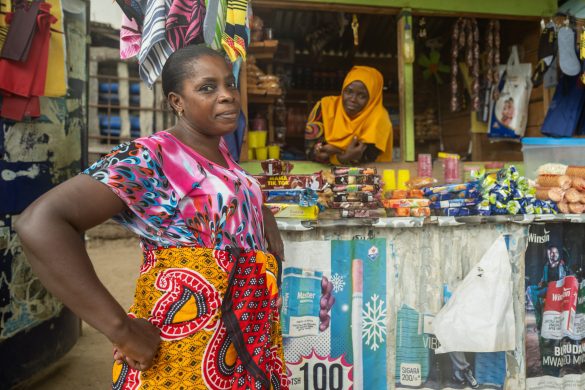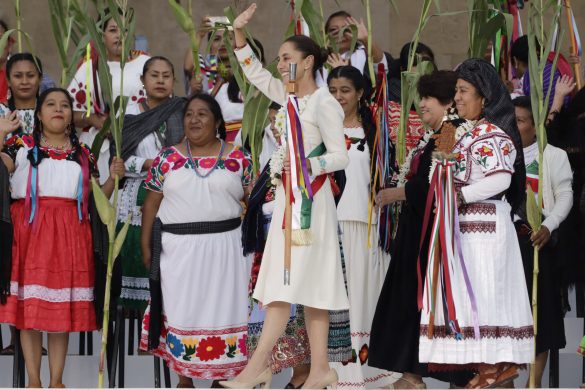SANTIAGO, 30 October 2008: A fourth of teenage girls in Latin America have already given birth by the time they are 20, perpetuating the vicious circle of exclusion, poverty and inequality, says a recently released report of the UN Economic Commission for Latin America and the Caribbean (ECLAC) and the Ibero-American Youth Organization (OIJ).
The study “Youth and Social Cohesion in Ibero-America: A model in the making” notes that although the fertility rate in the region (2,37 births per woman) is even lower than the world (2,6 births per woman), the fertility rate among 15-19 year old girls (76,2 per thousand) is strikingly higher than the global rate (52,6 per thousand), and continues to rise.
The main causes, states the report, are insufficient sexual education programs in schools and a lack of reproductive health policies to respond to the increasingly early sexual initiation of teenage girls.
Adolescents around the world are becoming sexually active at an earlier age than previous generations. “The difference lies in that in developed countries, teenage sexual activity begins and continues under contraceptive protection,” says the ECLAC report.
“But in Latin America, the distribution of contraceptives begins only after these girls have already had their first child. This means that either reproductive health centers are acting in an untimely manner, or only after teenagers become pregnant, and not when they actually begin to be sexually active.”
“There seems to be an institutional and cultural framework in which women are recognized as sexual subjects only after giving birth, and this poses enormous policy challenges.”
Although 45 percent of pregnancies among 15-19 year old girls are a result of the lack of or inadequate use of contraceptives (PAHO, Pan American Health Organization), access to and use of birth control methods are much more limited among teenagers who have yet to bear children, due to the social stigma, rejection of their families, administrative restrictions that discourage teenagers from seeking contraceptives directly and confidentially in health care services, and inappropriate public heath programs, says the study.
The majority of youths in the eight countries where the use of contraceptives among teenagers was analyzed – Bolivia, Brazil, Colombia, Guatemala, Honduras, Nicaragua, Peru and the Dominican Republic- became sexually active without using any contraceptive. Only in Colombia and Brazil, the majority of teenagers began to use birth control methods before having children.
Special preventive programs need to be set up in public health centers for teenagers, who require a different type of healthcare than that provided to adult women. “There are inappropriate regulations and institutional barriers (because teenagers are treated with disregard, or because schedules and conditions in health centers are difficult for them to adapt to, among other obstacles) that discourage teenagers from using them,” says the report.
The vast majority of teenage mothers are poor, with scarce formal education and high chances of constituting one-parent households lacking social protection networks. Pregnancy tends to lead them to drop out of school, making it even more difficult for them to find jobs, and thus aggravating gender and social inequalities and fomenting the vicious cycle of poverty.
Kilde: www.eclac.org















